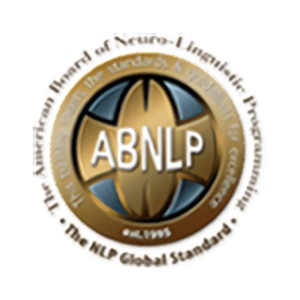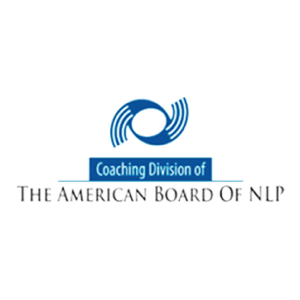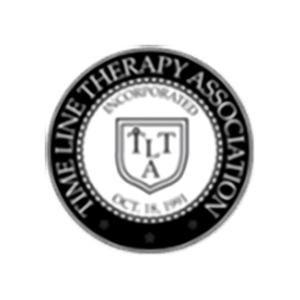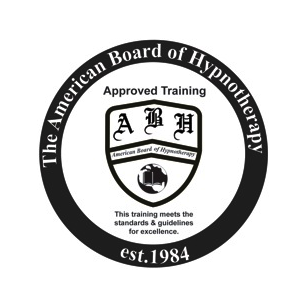Neuro-Linguistic Programming (NLP) is a powerful tool that can help you gain greater control over your thoughts, emotions, and behaviors.
By practicing NLP techniques, you can improve your ability to persuade others and become a more effective professional in a wide range of fields.
One of the many such techniques is mirroring. This article will go over a detailed overview of what this technique is and how you can master it.
What is Mirroring in NLP?
Mirroring is based on the idea that we are more likely to trust and connect with people who are similar to us. By copying the other person’s body language and language patterns, we subconsciously signal that we are on the same wavelength and understand them.
This can help to break down barriers and create a more comfortable atmosphere for communication.
What Are the Benefits of Mirroring in NLP, and Who Can Use It?
NLP mirroring can be useful in various settings where building trust and rapport are important. Some potential use cases include:
Work
In business negotiations, mirroring can help establish a sense of common ground and build trust between the parties involved. This can make it easier to reach mutually beneficial agreements and avoid misunderstandings or conflicts.
Therapy
In therapy or counseling sessions, mirroring can help create a sense of empathy and understanding between the therapist and the client.
By mirroring the client’s words and behaviors, the therapist can signal that they are listening and can relate to their experiences. This can help the client feel more comfortable and open up more easily.
Personal Life
In interpersonal relationships, mirroring can be a useful tool for building better communication and deeper connections.
By mirroring the words and behaviors of your partner, friend, or family member, you can show that you understand them and are on the same wavelength. This can help improve the quality of your relationship and reduce misunderstandings or conflicts.
Overall, NLP mirroring can be a useful tool for building better relationships and improving communication in a variety of settings. This makes it a useful tool for professionals, salespeople, lawyers, and even therapists.
What Can NLP Practitioners Mirror in Others?
There are several different cues that you can observe and mirror in others when practicing NLP. These include the following:
Mirroring Speech Patterns, Tone, and Vocabulary
Firstly, to use mirroring effectively, it’s important to pay close attention to the other person’s words and speech. Look for words and phrases that they use frequently, and try to repeat them back to them. Additionally, try and use some of the vocabularies they are using.
If their words tend to be simple and straight to the point, yours should be the same. Alternatively, if they use a lot of wordy and polished language, you should try your best to imitate that.
Secondly, another key aspect of mirroring is to match the other person’s pace and tone of voice. If they are speaking quickly and excitedly, try to match their energy level. If they are speaking more slowly and calmly, mirror that as well.
This is extremely important as the energy level a person is conveying through their conversation can also translate into other crucial features, such as the tone of their voice, which you want to replicate as well.
Including these techniques can help create a sense of trust and connection between you and the other person, which will, eventually, help you be much more convincing.
Mirroring Body Language
Furthermore, you should also pay close attention to a subject’s body language. When talking to them, try and notice their posture, gestures, and facial expressions, and try to match them as closely as possible.
However, this process also requires that you be acutely aware of your body language too – in addition to attempting to match the subject’s, it is crucial that you present open and welcoming body language to make it more likely that they have positive sentiments towards you.
It’s important not to overdo it, as excessive mirroring can come across as fake or insincere and end up causing more harm than good.
NLP Mirroring vs. Matching: What’s the Difference?
NLP mirroring and matching are similar techniques used to build rapport and connection with others. However, there are some key differences between these 2 techniques.
NLP mirroring is typically done more subtly and naturally. The goal is to gently and subconsciously affect the subject and have them develop a sense of empathy and liking towards you. On the other hand, matching can be more obvious and exaggerated, and it can even be considered a brute-force equivalent of NLP mirroring.
Another thing to note is that NLP mirroring focuses more on the other person’s nonverbal cues, while NLP matching focuses more on the other person’s verbal and nonverbal cues.
This is a subtle but significant difference when you consider the overall impact of your NLP technique on the subject.
What Are Some of the Difficulties of Mirroring?
When practicing NLP mirroring, it’s important to avoid a few common pitfalls that can hinder your ability to build rapport and connections with others. Here are a few things to be careful not to do when practicing NLP mirroring:
Don’t Overdo It
NLP mirroring should be subtle and natural, not obvious and exaggerated. If you are too obvious in your mirroring, it can come across as forced and unnatural, which can be off-putting to the other person.
Don’t Be Too Literal
There is far more to NLP mirroring than copying the other person’s every move and word. It is about creating a sense of connection and rapport. If you are too literal in your mirroring, it can be distracting and uncomfortable for the other person.
Don’t Ignore Your Own Feelings and Reactions
NLP mirroring is not about ignoring your feelings and reactions but finding common ground with the other person. If you are not being authentic and genuine in your mirroring, it can be difficult to build a strong connection with the other person.
By avoiding these pitfalls, you can improve your NLP mirroring skills and build stronger connections with others. Remember to be subtle, natural, and genuine, and you will be able to build rapport and connection with others more easily.
Conclusion
It is important to note that NLP mirroring is simply one of the many different NLP techniques out there. Despite this fact, it is also one of the most useful since it can be used in an extremely wide variety of situations.
One thing to note, however, is that if you want to become the best at it, besides online resources, you should also consider courses and personalized coaches who are masters at the art!








